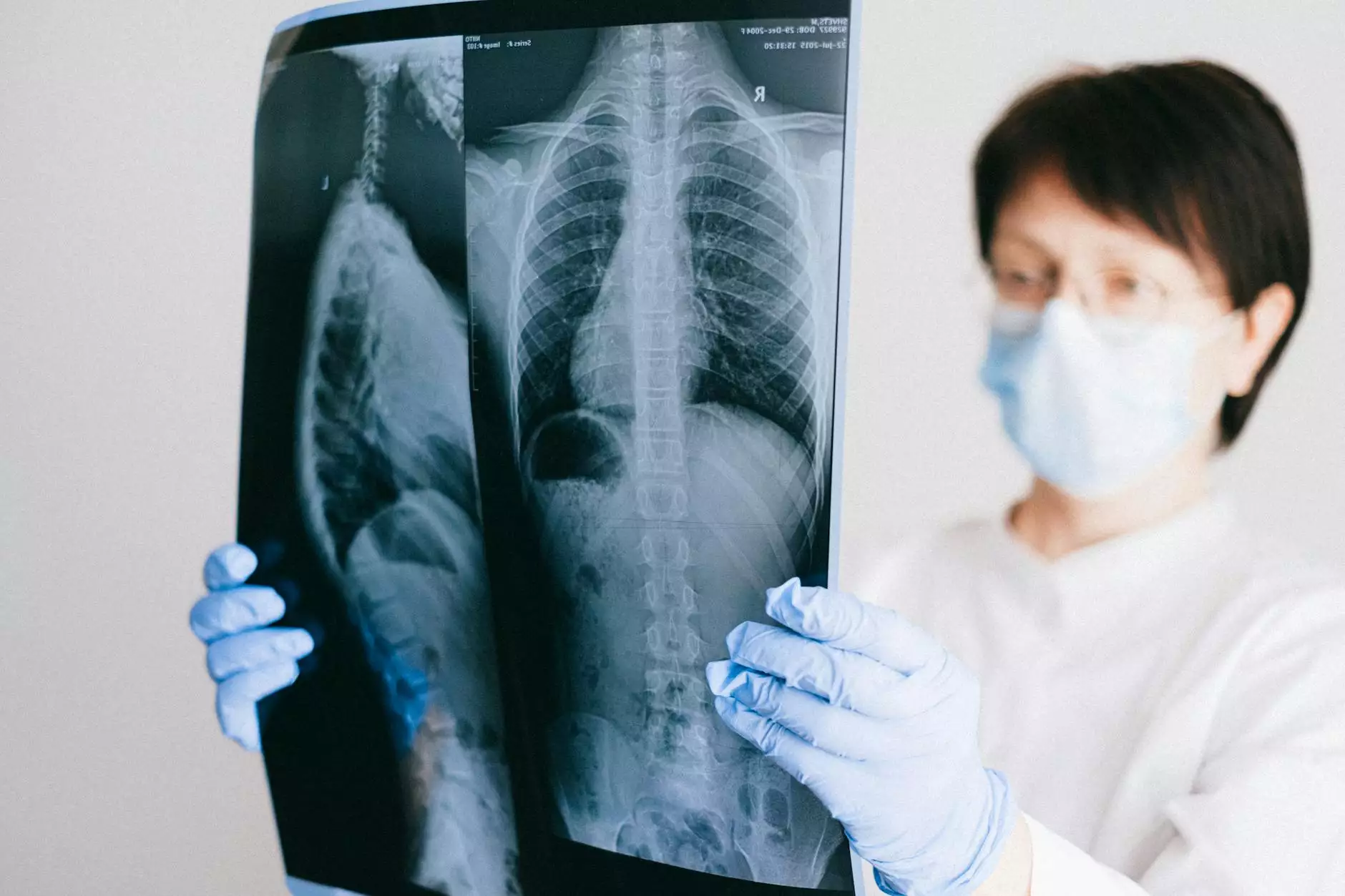Pictures of Edema in Legs: Understanding, Causes, and Treatments

Edema refers to the abnormal accumulation of fluid in the body’s tissues, which can lead to swelling, particularly in the legs and feet. This condition can range from being a mild inconvenience to a serious health issue. Understanding the causes and potential treatments can empower individuals to take control of their health. This article will delve deeply into the topic, showcasing pictures of edema in legs for a clearer understanding and educating you about prevention and management techniques.
What is Edema?
Edema occurs when tiny blood vessels leak fluid into nearby tissues, leading to swelling. The affected areas can feel tight and uncomfortable, and you might notice that the skin in the swollen areas appears stretched and shiny.
Types of Edema
While edema can manifest in various parts of the body, the most common forms affecting the legs include:
- Peripheral Edema: Swelling occurs in the lower extremities, typically in the legs, ankles, and feet.
- Localized Edema: Swelling occurs in a specific part of the body, such as one leg due to injury or infection.
- Generalized Edema: More widespread swelling that affects the entire body or a significant portion of it, often linked to systemic issues.
Common Causes of Edema in Legs
Understanding the cause of edema is crucial for effective treatment. Some of the most common causes include:
- Heart Failure: Insufficient pump action by the heart can lead to fluid buildup, especially in the legs.
- Kidney Disease: Impaired kidney function can lead to fluid and waste retention, resulting in swelling.
- Liver Disease: Liver dysfunction affects blood circulation and fluid equilibrium, contributing to edema.
- Venous Insufficiency: Malfunctioning veins prevent blood from returning to the heart properly, causing fluid accumulation.
- Infections: Local infections can cause swelling in the affected area, leading to localized edema.
- Medication: Certain medications, such as corticosteroids and NSAIDs, can lead to fluid retention as a side effect.
- Pregnancy: Increased pressure in the veins and hormonal changes can cause edema in the legs during pregnancy.
Signs and Symptoms of Edema
The symptoms of edema may vary based on the underlying cause, but common signs include:
- Swelling in the legs, ankles, and feet that may worsen throughout the day.
- A feeling of heaviness or tightness in the swollen areas.
- Skin discoloration or changes in texture over the swollen areas.
- Difficulty moving the affected limbs.
Diagnosis of Edema
Diagnosing edema typically involves a comprehensive medical history, physical examination, and various diagnostic tests. Doctors may use the following methods:
- Physical Examination: A thorough examination can help determine the extent and nature of the swelling.
- Blood Tests: Tests such as liver function tests, kidney function tests, and CBC can help identify underlying issues.
- Ultrasound: Imaging techniques like Doppler ultrasound may be used to assess blood flow and rule out blood clots.
- X-rays: In some cases, X-rays can help visualize internal causes of swelling.
Treatment Options for Edema
Treatment for edema often focuses on addressing the underlying cause. Here are some common management strategies:
- Medications: Diuretics can be prescribed to help reduce fluid retention, while other medications may address specific underlying conditions.
- Compression Therapy: Wearing compression stockings can help improve circulation and reduce swelling.
- Elevation: Elevating the legs can significantly reduce swelling by facilitating fluid drainage.
- Dietary Changes: Reducing sodium intake and maintaining hydration can help minimize fluid retention.
- Physical Activity: Regular exercise can improve overall circulation and help manage weight, further reducing swelling risks.
Pictures of Edema in Legs
Examining pictures of edema in legs can provide valuable insight into the appearance and severity of this condition. Visual representations help individuals recognize the symptoms and understand that edema is not solely a cosmetic issue. Below are some images showcasing different cases of edema:
- Image 1: Mild swelling around the ankles.
- Image 2: Severe edema in one leg due to local inflammation.
- Image 3: Generalized edema affecting both legs.
Each image illustrates how edema can manifest and serves as an important educational tool for recognizing potential health concerns.
Preventive Measures
While not all cases of edema can be prevented, adopting certain lifestyle changes can significantly reduce your risk:
- Stay Active: Regular physical activity promotes healthy circulation and can prevent fluid buildup.
- Maintain a Healthy Weight: Excess body weight can put additional strain on your veins and lead to swelling.
- Monitor Salt Intake: Reducing dietary sodium can help manage fluid retention.
- Stay Hydrated: Drinking enough water helps your body maintain fluid balance and prevents dehydration.
When to See a Doctor
It is important to seek medical advice if you experience any of the following symptoms:
- Swelling that does not improve with elevation or rest.
- Severe swelling accompanied by pain, redness, warmth, or fever.
- Swelling in one leg only, which may indicate a blood clot.
- Breathlessness or chest pain, as these can be signs of serious complications.
Conclusion
Edema in the legs is a common condition that can significantly impact quality of life. By understanding its causes, recognizing symptoms, and implementing appropriate treatments and lifestyle changes, individuals can effectively manage and reduce the complications associated with edema. Remember, if you have concerns about your health or experience unusual swelling, don't hesitate to consult a healthcare professional. Knowledge is power, and being informed about conditions like edema can lead to better health outcomes.
For more resources and expert advice, visit trufflesveinspecialists.com to explore vascular health further.









